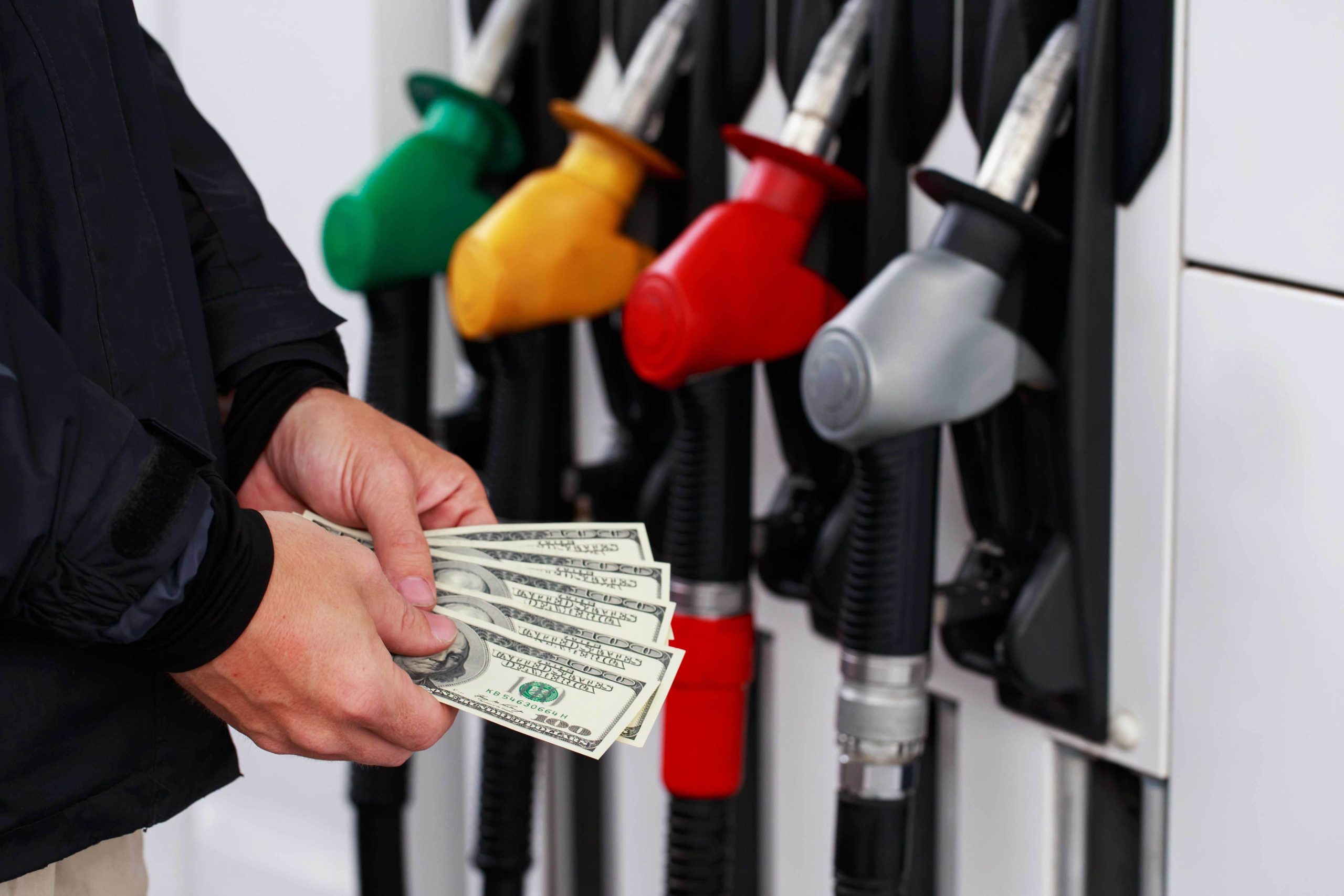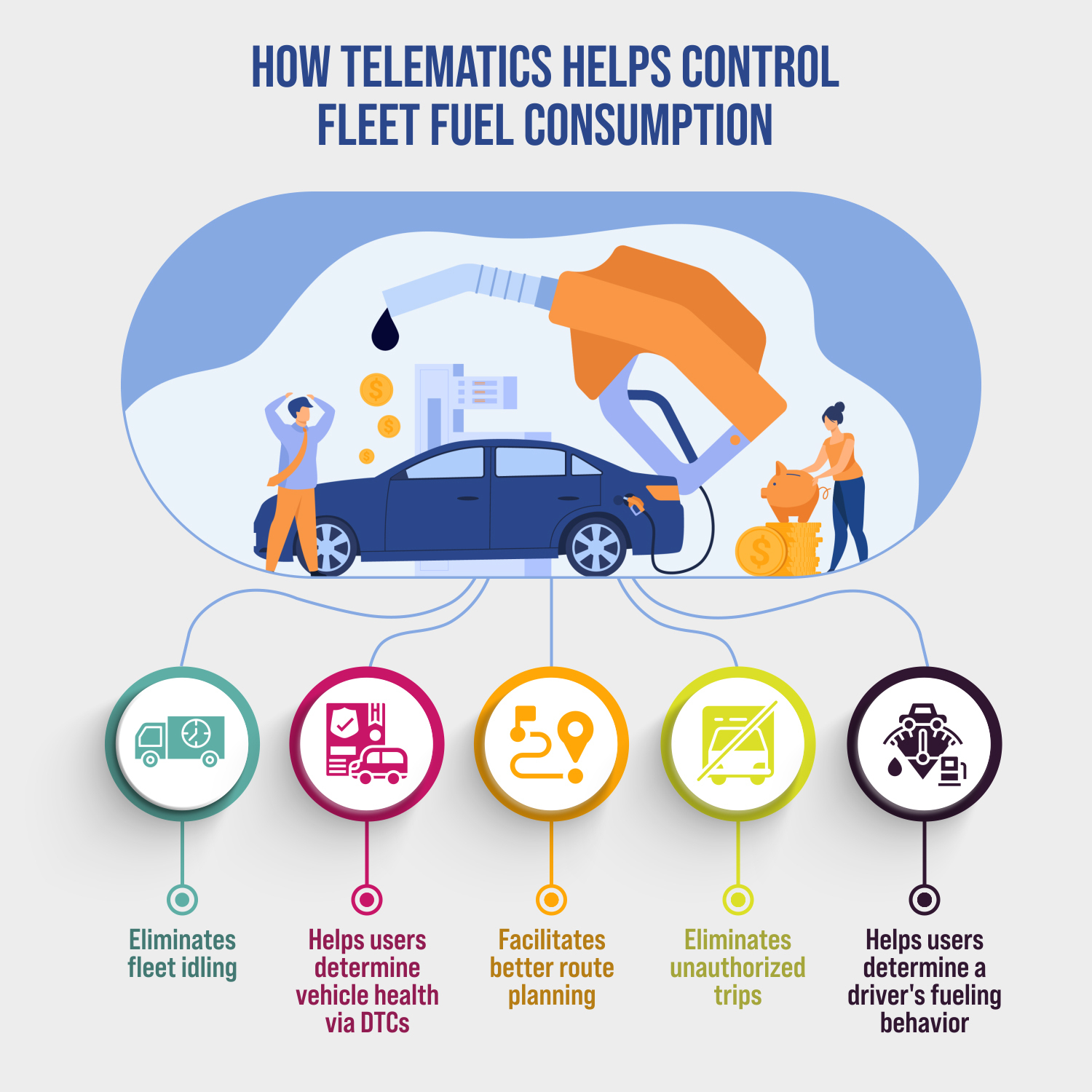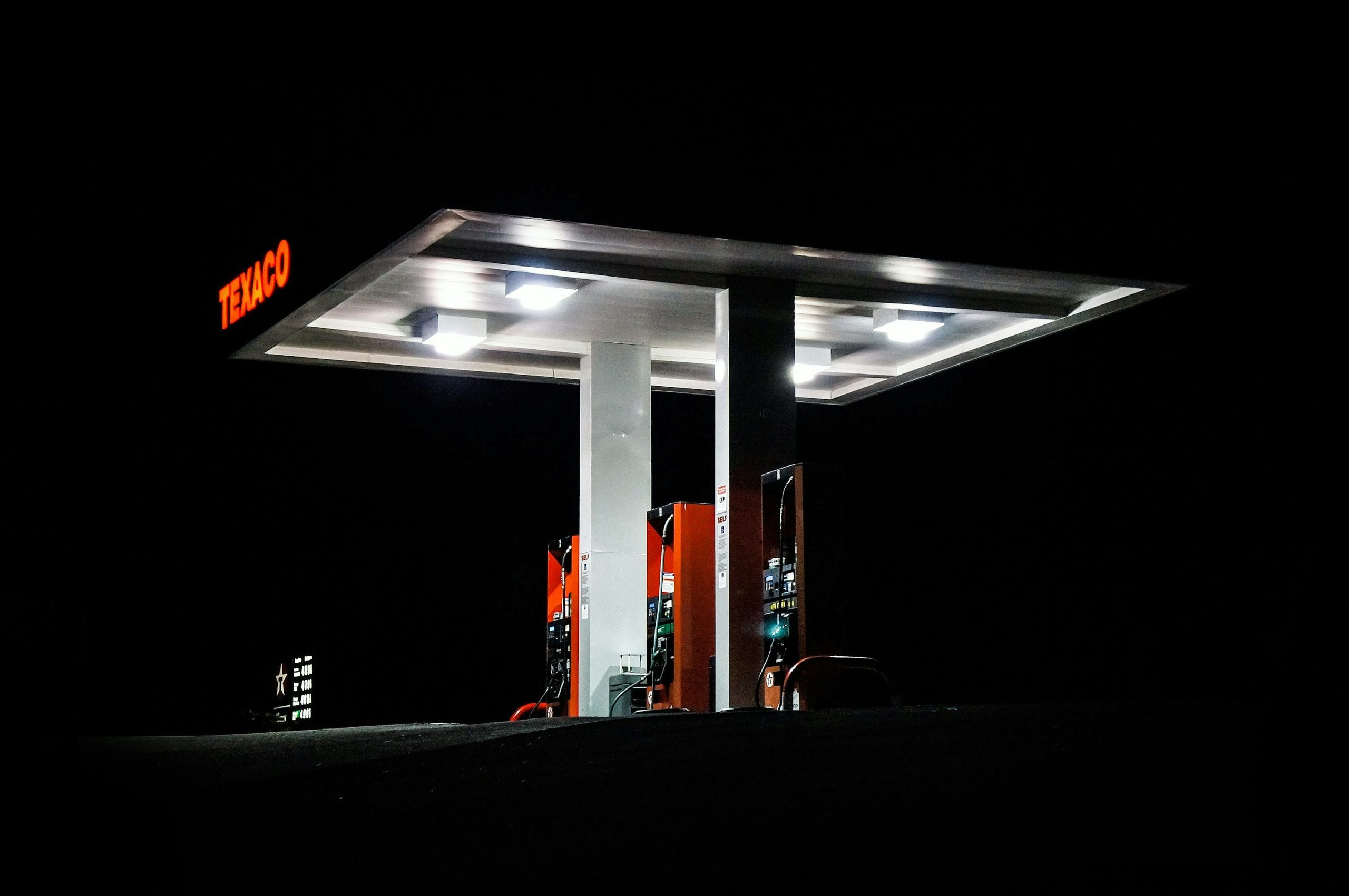No one wants to waste fuel, but many businesses do it anyway. Then again, there are several easy ways to stop fuel wastage. Think about it – a heavy-duty vehicle is just standing there with the engine turned onwithout moving an inch. It burns away almost a gallon of fuel! Similarly, a truck that sticks to the posted speed limits will save more fuel than another that recreates the iconic scenes of Keanu Reeves’ & Sandra Bullock’s “Speed.” Even the most insignificant maintenance issue can lead to fuel wastage.
As you can see, you have a lot of costly challenges to deal with. You will get frustrated sooner or later, especially when you consider this – the average price of fuel tops five dollars/gallon. However, opportunities hide behind challenges, and those opportunities become greater with a GPS fleet tracking device powered by telematics.
Are you unfamiliar with telematics? Do you want to learn more about it? Once you do, you may want to integrate it with your existing systems. To do that, you must learn to use this technology. The following strategies will offer long-term gains for fuel usage.

Use telematics to control fleet idling
Idling reduction is numero uno on the list of fuel reduction strategies. A vehicle gets the worst fuel economy when it idles, which means it is easy to target idling for fuel savings.
One of the most common uses of telematics is to monitor and manage asset idling. Regardless of the kind of fleet you have, there is always an opportunity to explore. If you can monitor idling, you can enforce policies associated with idling reduction to get ahead in the game. Experts believe it is the easiest way to use telematics fleet GPS tracking to lower fuel consumption. Then again, you must get your drivers to turn off the engine unless you use remote start/stop tech because compliance is equally important.
How else can telematics help reduce idling? It can alert fleet managers in real-time when a vehicle idles for a predetermined amount of time. Based on the GPS fleet tracking software or device, fleet managers can be alerted to stick to their coaching schedules or drivers to turn off the engine. Implementing a reliable time tracking app could further enhance these capabilities, providing precise data on engine usage and optimizing operational efficiency.
Idling can also generate reports that help fleets determine how much fuel is wasted. After that, take the necessary steps to reduce idling.
You can incorporate your present fuel costs/gallon into idling reports within the fleet management solution you use for insights. These reports can be scheduled to reach the designated managers. They are also sorted from the worst to the best to identify those who need extra training.
Use telematics to understand vehicle health based on DTC
It is going to be difficult for fleet managers to stay on top of vehicle maintenance and overall health. However, you can’t avoid this necessary evil, especially if you aim to improve fuel economy. A telematics GPS fleet tracker can help you and your drivers keep up.
A properly fed, well-rested body performs better at the gym, right? Similarly, a well-maintained and healthy vehicle with the right levels of engine coolants and lubricant, clean fuel filters, and perfectly aligned wheels is more fuel-efficient. Fleet managers and drivers can use telematics data from a vehicle’s odometer to schedule maintenance projects when due.
Here is a simple maintenance example for you – tire inflation. The North American Council for Freight Efficiency claims a vehicle running with tires underinflated by just 10 psi can lead to a decrease in fuel consumption by 0.5 to 1%. Do you see the importance of maintenance now? One simple task can improve fuel efficiency!
As part of your telematics GPS tracking fleet solution, you may install tire pressure monitoring systems to check the tire pressure in real-time. You will be notified once the PSI drops below the recommended levels. Telematics will inform you and your driver to take corrective action.
That is not all! Telematics is capable of helping fleets take care of any problem which may cause breakdowns.
When combined with a predictive vehicle diagnostics system, telematics data can send preemptive alerts to vehicular issues long before any breakdowns happen. By preventing such events, you can eliminate the need to send another vehicle for assistance or to pick up the stranded driver.
Use telematics for better route planning
Here is yet another fuel-guzzling inefficiency you can fix with telematics – routing! The more ground your drivers cover, the more fuel costs you must bear. The combo of routing solutions and telematics can be highly effective in reducing fuel consumption. It helps fleets generate the data required to optimize routes.
Connect any routing software program or a fleet GPS tracker you use, along with telematics to curtail fuel usage and distance driven. What is the point of taking a long, scenic route when you can plot the shortest way to your destination every day and complete tasks within the shortest possible time limit without wasting fuel and money?
There is also the matter of environmental pollution. By taking longer routes, you increase your carbon footprint and CO2 emission.
The best practice is to shorten the routes as much as possible to reduce fuel usage. The location tracking data in your fleet management solution can help by enabling route analysis. For example, on one route, your driver may run into construction zones or heavy traffic during specific times of the day. You must consider these elements for improved route planning, reducing the distance covered and fuel used.
Use telematics to eliminate unauthorized trips
Did you think telematics vehicle tracking can only identify and segregate the shortest routes from the longest ones? Oh no! It can do a lot more! It can reduce or even get rid of unauthorized miles!
When drivers exhibit unauthorized usage, it means they drive before or after their official work hours. They may take a detour and visit their mom or partner or enter a restaurant or diner to grab a bite. Whatever they do, if it is unplanned, it is unauthorized usage! You can identify such instances with telematics and reduce fuel consumption.
Use telematics to understand fueling behavior
Apart from helping fleet businesses pinpoint unauthorized miles and out-of-route traveling, telematics can influence driver behavior.
The fueling behavior of a driver may end up being one of the reasons you have to spend too much on fuel. You must know where they refuel your vehicles and why they do it at that place. When you drive to work in the morning, you cross a fueling station. You stop there to top up on fuel, which is understandable. However, if you drive past your workplace to visit another fueling station five miles away, one may think you have a very compelling reason to travel ten more miles. Your fleet drivers can do something similar. Telematics will do the trick if you want to stop them or find out why they take detours.
Telematics fleet trackers can even guide drivers to the nearest fueling station. Take our Vyncs, for example! It gives you a list of gas stations you can choose from depending on fuel price, fuel quality, etc. You can even add information about any gas station that is not listed in our app. Just add the information and earn coins, which you can use to reap rewards. How cool is that!

Summing it up
So, what is the takeaway? Telematics is the new revolutionary intervention in connecting fleet vehicles and drivers with the managers and business owners. It tells you when and where your assets are idling, help you understand vehicle health & take appropriate steps, fix any inefficiency associated with routing, reduce any unauthorized vehicle usage, determine fueling behavior, etc.
There is little left to say – telematics fleet GPS tracking is the need of the hour and the day! For businesses and consumers! After all, it is not just about those dots you see on a map. Today, it is reducing fuel consumption, changing the cold chain, helping with vehicle maintenance, and so much more!
